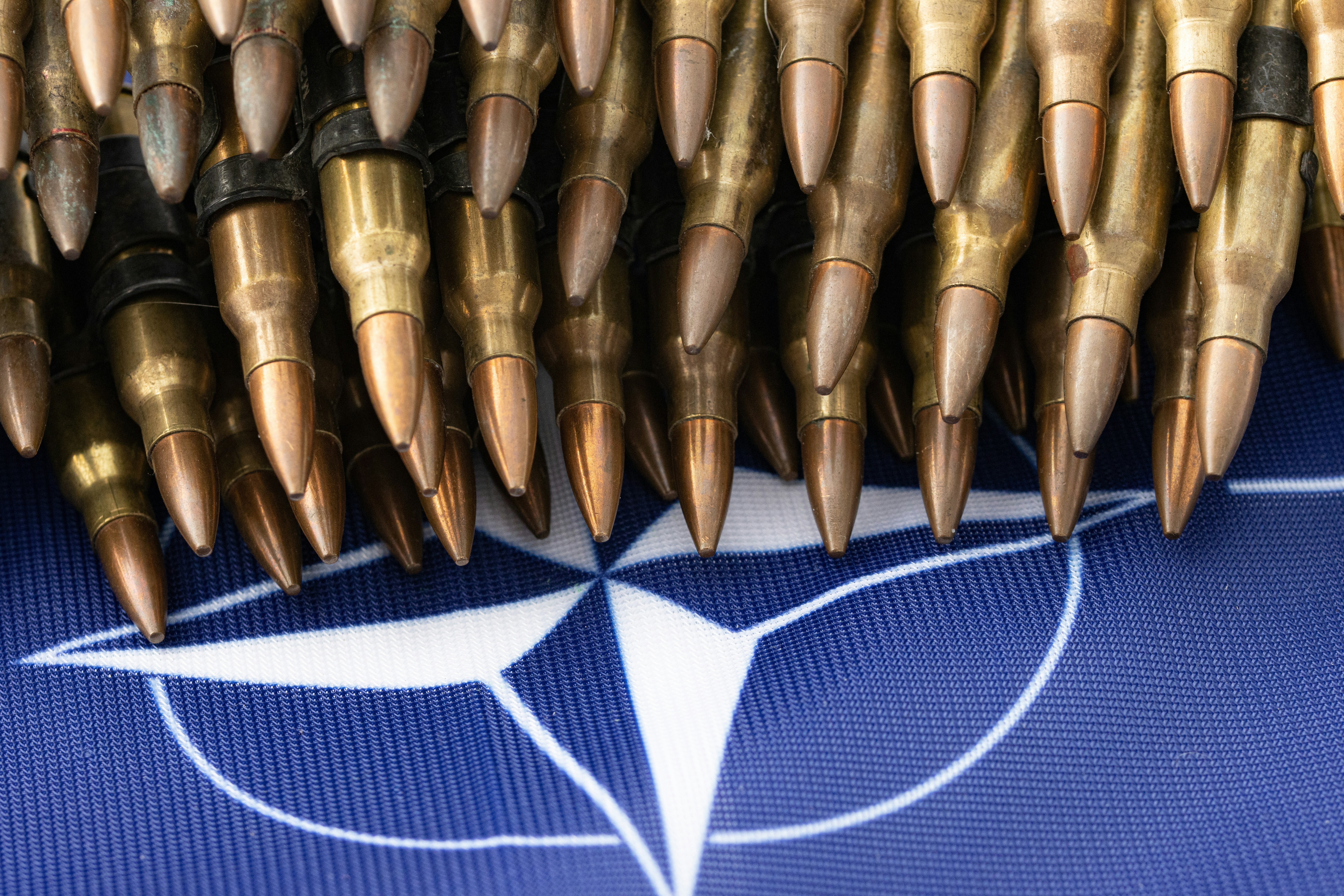
NATO’s bold call to boost both military muscle and civil resilience sets the new standard for 21st-century defence.
With NATO Secretary-General Mark Rutte’s proposal to boost military spending to 3.5% of GDP – alongside an additional 1.5% allocated to societal resilience and infrastructure – the alliance signals a renewed commitment to defending not just territory, but the backbone of democratic societies. This dual emphasis on military readiness and civil preparedness evokes the “total defence” model long practised in the Nordic countries.
My forthcoming PhD dissertation compares Sweden and Finland with the Netherlands through the lens of civil-military relations (CMR). That lens offers a helpful way to assess the NATO’s proposal and the readiness of member states – both on the battlefield and at home.
Civil-military relations in a changing threat landscape
CMR explores how civil authorities interact with the military and how societies manage the unique role of their armed forces. In stable liberal democracies such as the Netherlands, this often translates into a strong emphasis on civilian control – a necessary check against authoritarian tendencies, but also a potential limitation when dealing with the murky terrain of emerging hybrid threats. These threats operate in the grey zone between war and peace, targeting critical infrastructure, social cohesion, and information systems – without a shot fired.
In such an environment, the traditional aversion to involving the military in domestic matters may be outdated. Security today is as much about societal resilience as it is about tanks and troops.
Learning from the Nordic model: resilience rooted in society
Sweden and Finland have approached national security from a broader perspective ever since the Second World War. Embracing a total defence model, they involve not just government authorities such as the armed forces, but also businesses NGOs, and even ordinary citizens in safeguarding national security.
In Sweden, for instance, all residents aged of 16 to 70 – regardless of nationality – are legally obliged to contribute to national defence. That commitment is more than symbolic. Following Russia’s 2014 annexation of Crimea, Sweden reversed years of military downsizing, introducing selective conscription and promoting civilian preparedness by investing in public awareness, media literacy supply security and household preparedness.
This whole-of-society approach positions Nordic nations to better absorb and recover from both military and hybrid threats – a resilience that, frankly, the Netherlands still lacks.
The Dutch lag in civil preparedness
Unlike the Nordic approach, the Dutch state has historically viewed security as a government responsibility, with limited integration of broader societal actors. After the Cold War, the focus shifted from “wars of necessity” to “wars of choice” and international peacekeeping. Civil defence structures like the ‘Bescherming Bevolking’ (civil protection) were dismantled and preparations for crises became the responsibility of regional Safety Regions.
Only in 2024 did the Netherlands begin to advocate for a more comprehensive preparedness strategy. However, while the defence budget has grown, investments in civil resilience remain limited. A whole-of-government, let alone a whole-of-society, approach feels distant, further hampered by budget cuts at local level and within the Safety Regions.
Balancing defence with democratic values
Of course, the Nordic model isn’t immune to critique. Some scholars argue that it over-securitises society and shifts too much responsibility onto citizens, which some authors consider as outsourcing of a government responsibility. From a CMR perspective, some consider the role of the military in society to become too strong. For example, the new total defence model that Sweden employs has included the creation of a minister for civil defence at the Defence ministry, who is responsible for civilian preparedness.
Towards a Dutch model of resilience
Returning to NATO’s proposal to invest in both military readiness and civil preparedness, the goal shouldn’t be simply to emulate the Nordic countries, but to adapt their logic to the Dutch context.
With our cultural traditions of pacifism and neutrality, outright militarisation of society would be counterproductive. But this does not mean inaction.
The Netherlands must forge its own path – one that honours democratic restraint while building collective resilience against military, hybrid and environmental threats. Whether a huge power outage is caused by a cyber-attack or a catastrophic flooding, our response must be whole-of-society.
We have much to learn from our Nordic neighbours – not only in policy, but in attitude. Their collective ethic contrasts sharply with our more individualistic mindset. Cultivating a shared responsibility for national resilience may well be our most pressing task.
